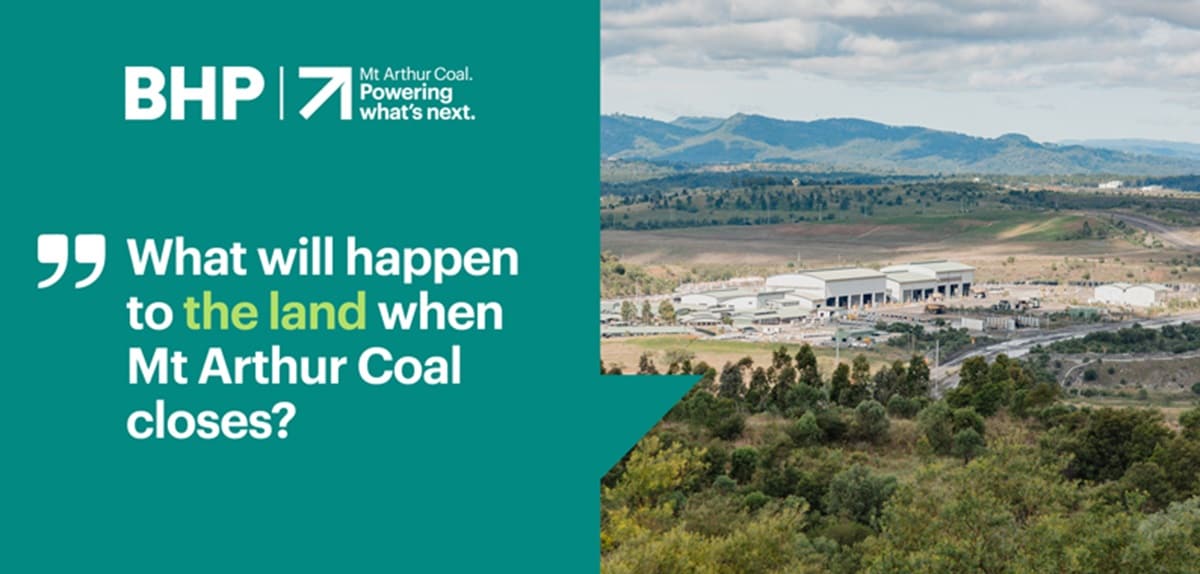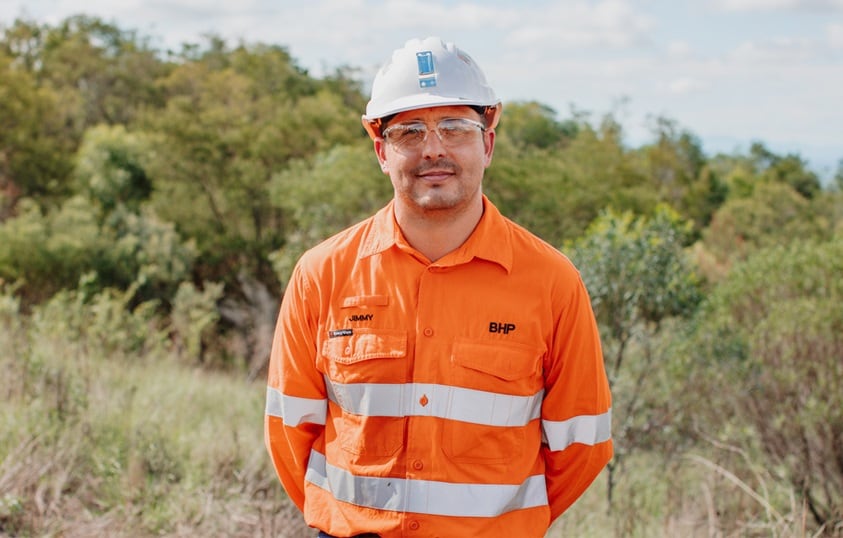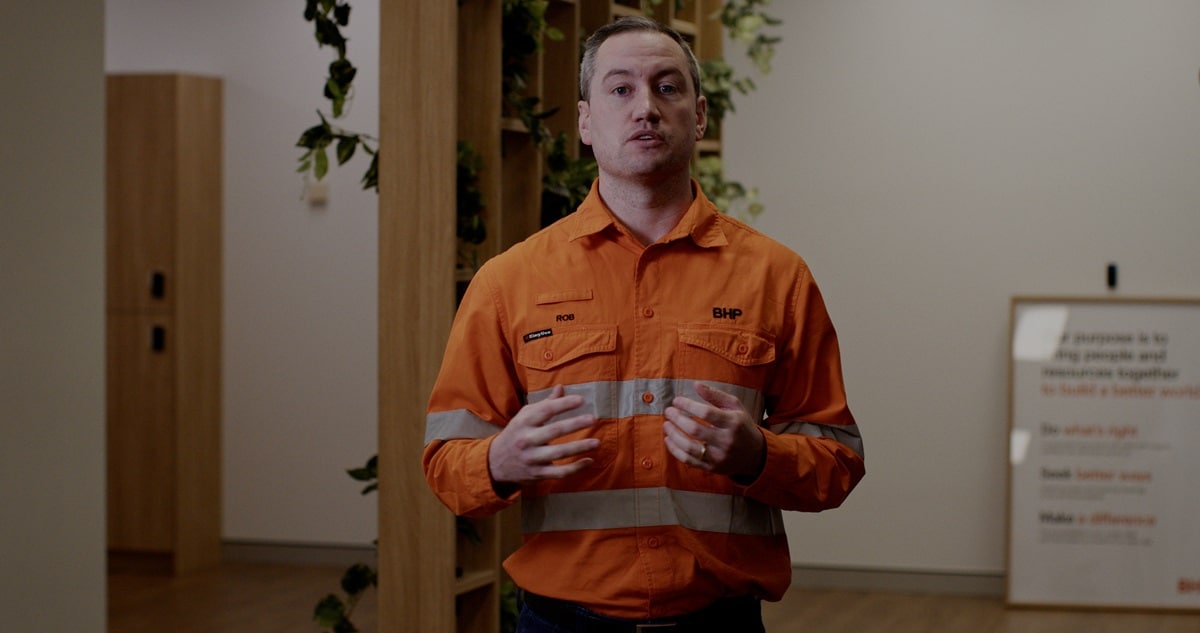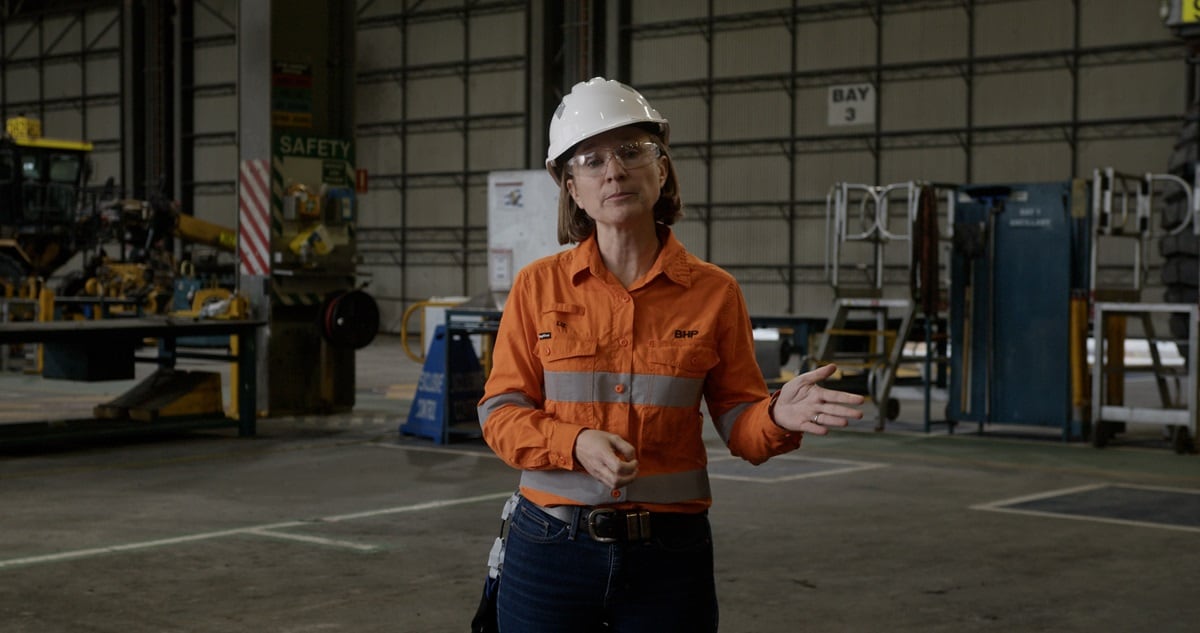When Mt Arthur Coal closes, we are required to return the site to agricultural pasture and woodland. But, the site is more than 7,000 hectares of active mining land and BHP actually owns around 14,000 hectares of land when you include the buffer land around the operation. So, the land is capable of hosting a range of uses alongside rehabilitation and agriculture. This is more than just environmental rehabilitation; it's about creating space for future uses that benefit people, create jobs, stimulate the economy and rehabilitate the land.

What will happen to the land when Mt Arthur Coal closes?
We’re actively exploring options for reusing the land. That includes listening to community input and considering mixed uses that balance community, business, regulatory and environmental needs.
From biodiversity offsets, to renewables like Pumped Hydro Energy Storage, to advanced manufacturing to recreation.
Opportunities for third parties to take on some of the land and tenure owned by BHP for future economic development is also being considered.


What are some of the alternative land use options?
Mt Arthur Coal is a big site. There is 7,000 hectares of active mining area, and BHP owns around another 7,000 hectares when you consider buffer land around the operation. So there is opportunity for mixed land uses to co-exist alongside one another to support social, economic and environmental outcomes.

When will the Mt Arthur Coal rehabilitation start?
It’s already started. Every year, Mt Arthur Coal rehabilitates as much land that has been mined through progressive rehabilitation. We will also be contributing to regional biodiversity rehabilitation design and planting activities.

What will the final landform look like?
During the design process for our rehabilitation, we want to make sure we deliver a stable and visually appealing final land-form.


